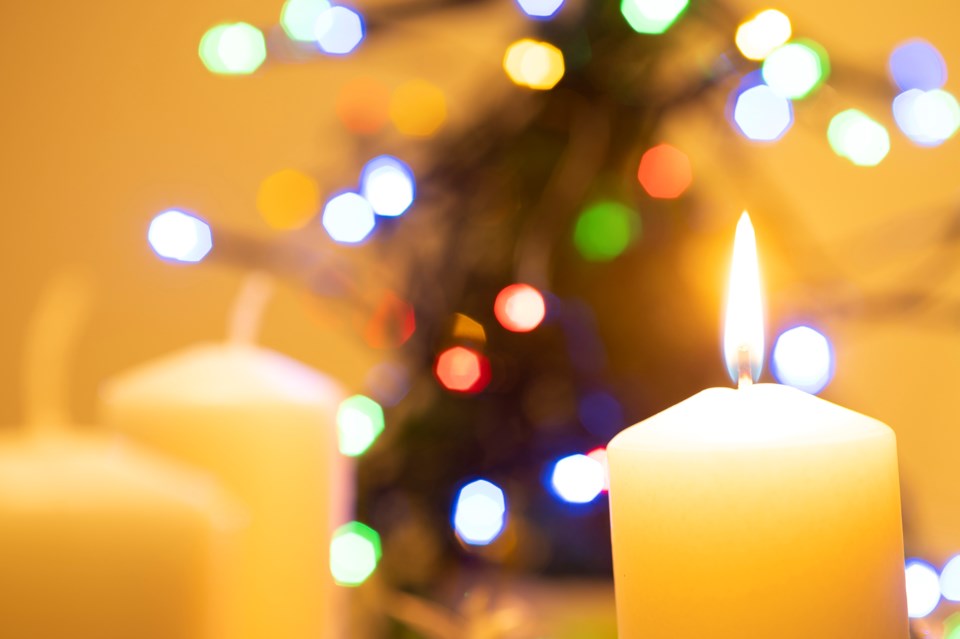Pastor J. D. Greear says that our culture tends to celebrate the warmest festivities during the coldest time of year.
When you think of the word, “Christmas,” the imagery invoked may be a warm, living room scene with a family gathered around watching a movie while the fireplace gives off warmth and the Christmas tree lights up the room beautifully.
It could easily be a dining room scene with the turkey dinner and lots of laughter around the table. The aroma of constant baking and hot apple cider fill my imagination when I think of Christmas celebrations.
Whatever the case, I find it ironic that our culture celebrates the warmest things during the coldest time of year. We also spend much energy (and money) on lighting up our community with bright lights during the darkest time of year. Why do we do this?
I wonder if it is because we innately have a propensity to cast out darkness and usher in light whenever possible. Perhaps God created us to desire warmth and brightness rather than a cold, dark world. Whenever we experience brokenness in this world, we hope for a better day — a brighter day.
Whenever we are reminded that our world is filled with darkness and coldness, we often escape to an imaginative world where goodness always wins and where there is perfect peace. This is perhaps why our culture celebrates stories of Christmas miracles, Santa Claus, and the magical world of the North Pole. But what if the hope for a better world doesn’t have to be a fantasy? What if it could be real — and even reasonable?
The bible says that God sent his Son “to give light to those who sit in darkness and in the shadow of death, to guide our feet into the way of peace” (Lk. 1:79).
I encourage you to explore what this might mean for you; that the Light of the world came into our darkness. Our community has been experiencing much pain in recent weeks and in the past year. We need light. Jesus can be your light.




